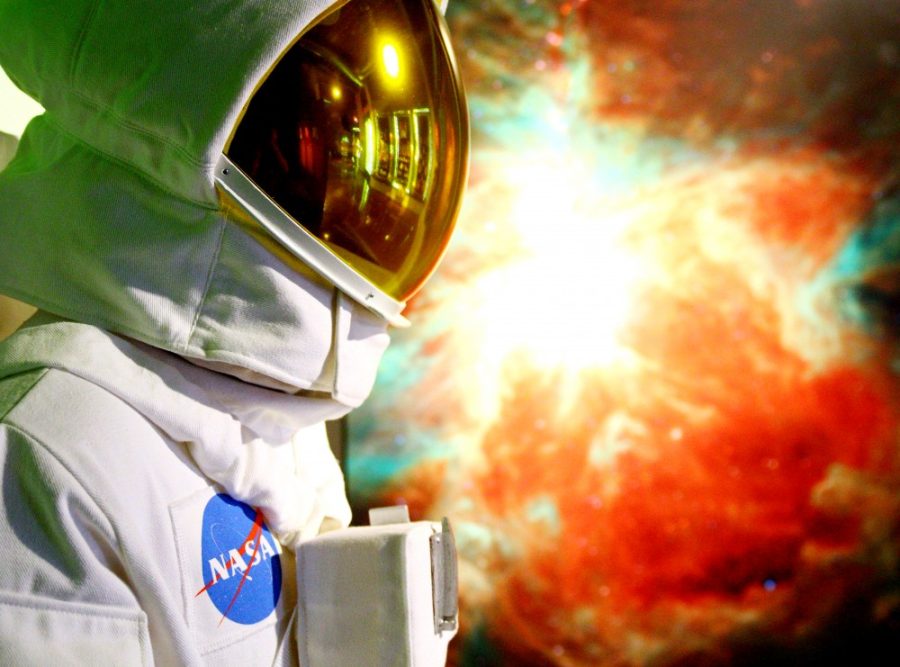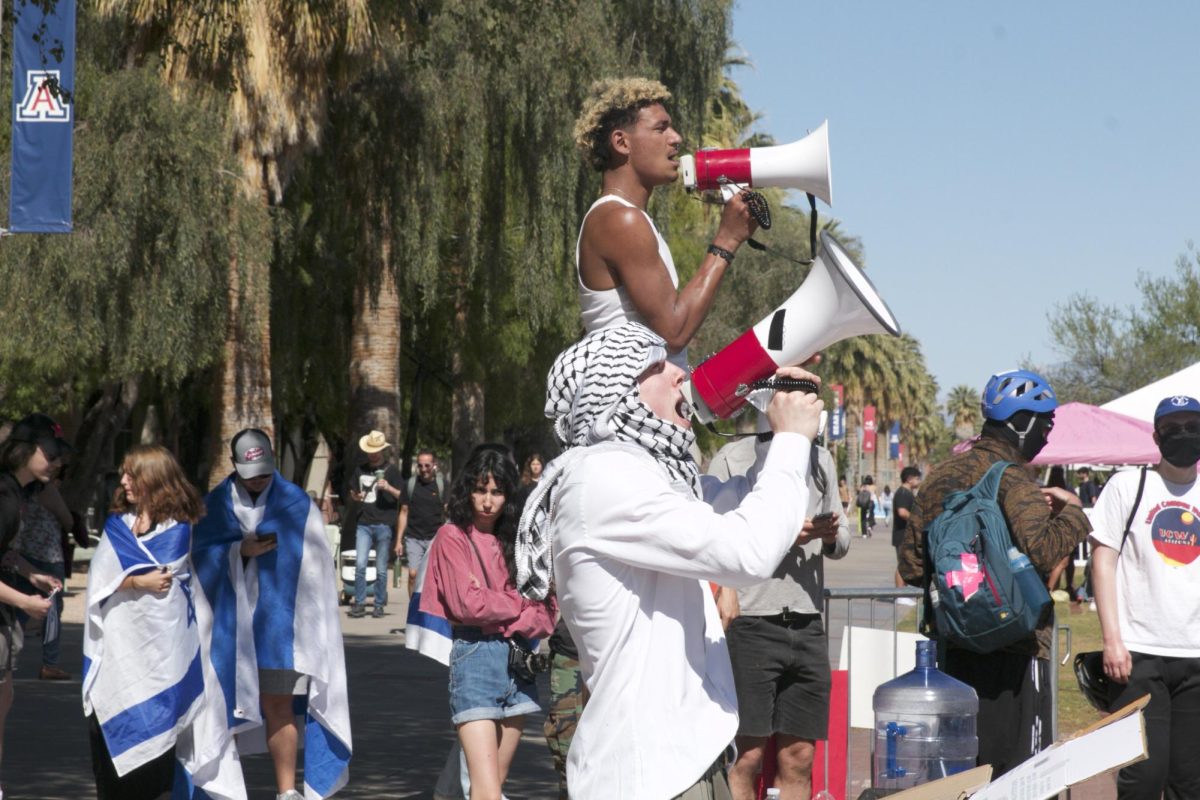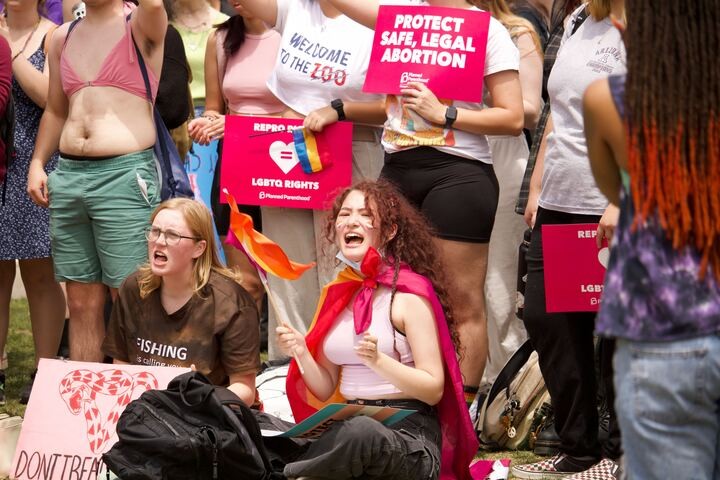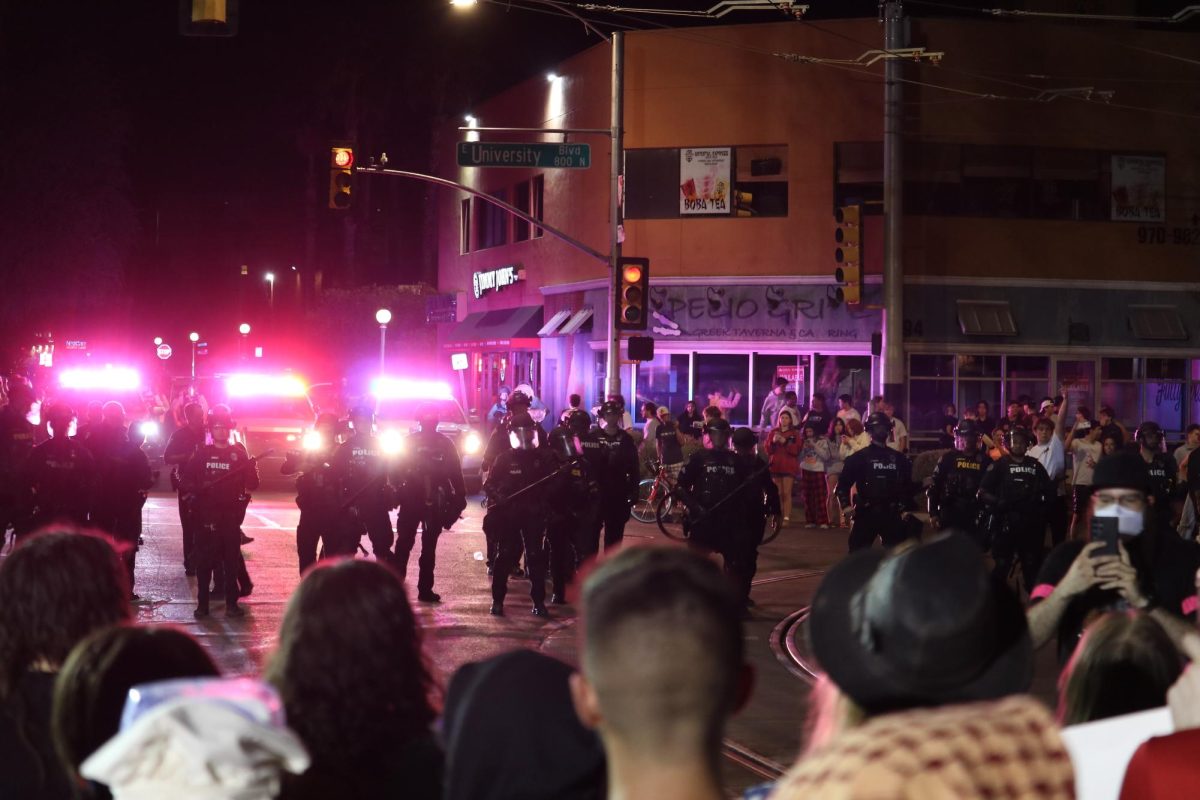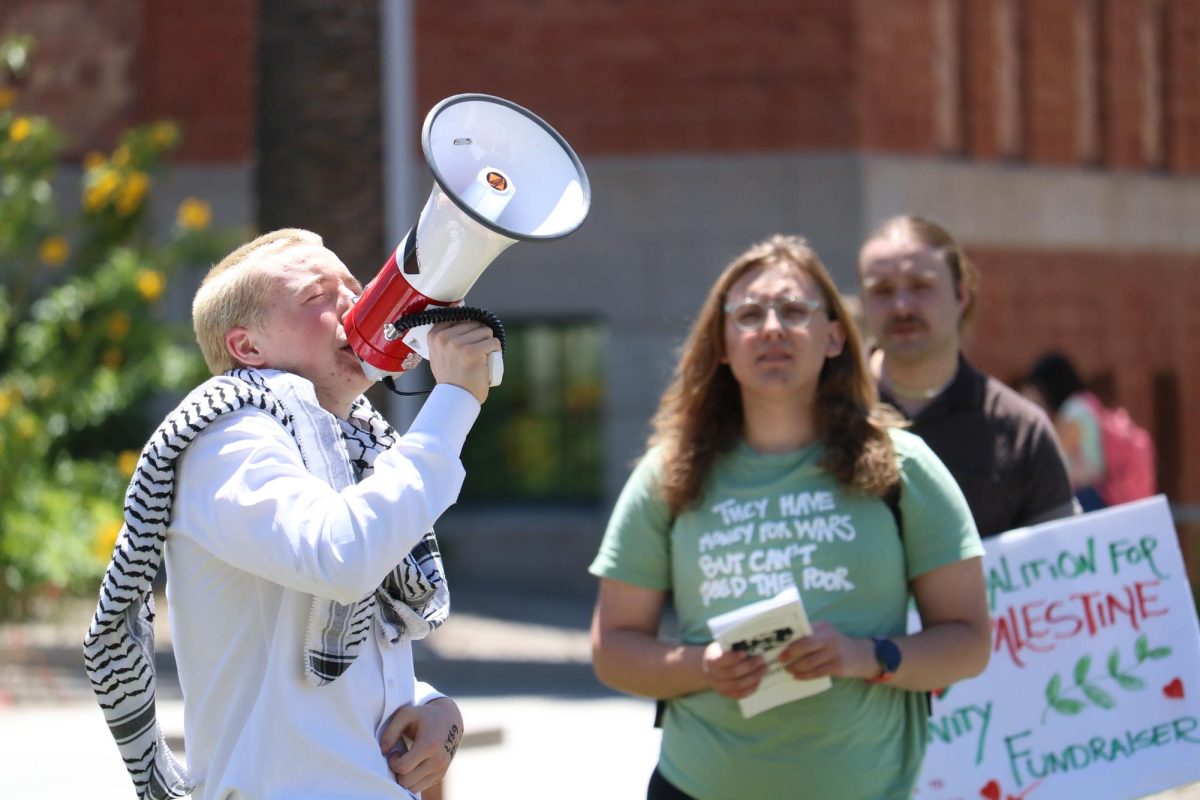A downtown destination for Tucson opened to the public this weekend, where participants can learn about the UA’s contributions to space and technology.
The nonprofit organization Science Downtown along with the UA’s College of Science presented the exhibit “Mars and Beyond: The Search for Life on Other Planets,” and is expected to take up the Rialto Block exhibition hall for the next 12 months.
“Is a very visual experience,” said Don Martin, chairman of Science Downtown. “It’s a really cool exhibit, especially in the middle of the day because when you go in it’s dark, all the lighting is blue, and you almost feel like you are in space.”
The exhibit, which premiered last Thursday to more than 400 VIP-goers, was created to provide interactive education about the solar system and what the UA has done in that exploration. After Science Downtown proposed the idea for the exhibit to the UA, it took 50 days to construct the project while working on a 24-hour cycle.
“That is from beginning discussions to what you see now, and that is a fact,” said Lee Smith, executive director of Science Downtown. “We worked pretty hard to make sure we got it on a matter of deadline for opening day.”
When going through the exhibit, viewers can expect to see facts and photos about the universe along with videos and new interactive materials. This includes a touchscreen globe that provides information about the planets in our solar system.
“I heard about this exhibit and wanted to bring the kids to see it,” said Luis Gutierrez, a Tucson resident who spent Saturday morning at the exhibit with his family. “With it being interactive, it’s a lot easier to get them involved and interested about what they are reading.”
Participants should also expect to see an actual size model of the Phoenix Mars Lander, which was developed by the UA and NASA for the Phoenix Mars Mission and was launched into space on August 2007.
“The UA has been a huge partner in all of this. Most of what you will see has come from the UA, providing everything from graphics to a lot of the artifacts,” Smith said.
“This has a lot of potential depending on what happens and could turn into a road show representing the University of Arizona. The kind of mode we are in for this first year is to get a real sense of this kind of partnership.”
According to Smith, the organization wants to change the content of the exhibit by adding and removing some of the pieces throughout the year. All sections of the exhibit are intended to attract people from multiple age levels and knowledge on the subject.
“There are three different levels throughout the exhibit,” Martin said. “One is for children, one is for your exhibition goers and one is for your serious person who wants to dig into the topic. It’s laid out in such a way that it is easy to absorb, easy to digest and has had a very positive response.”
Currently, Science Downtown is looking for student volunteers interested in helping and teaching people about space exploration. Those interested can visit www.sciencedowntown.org



